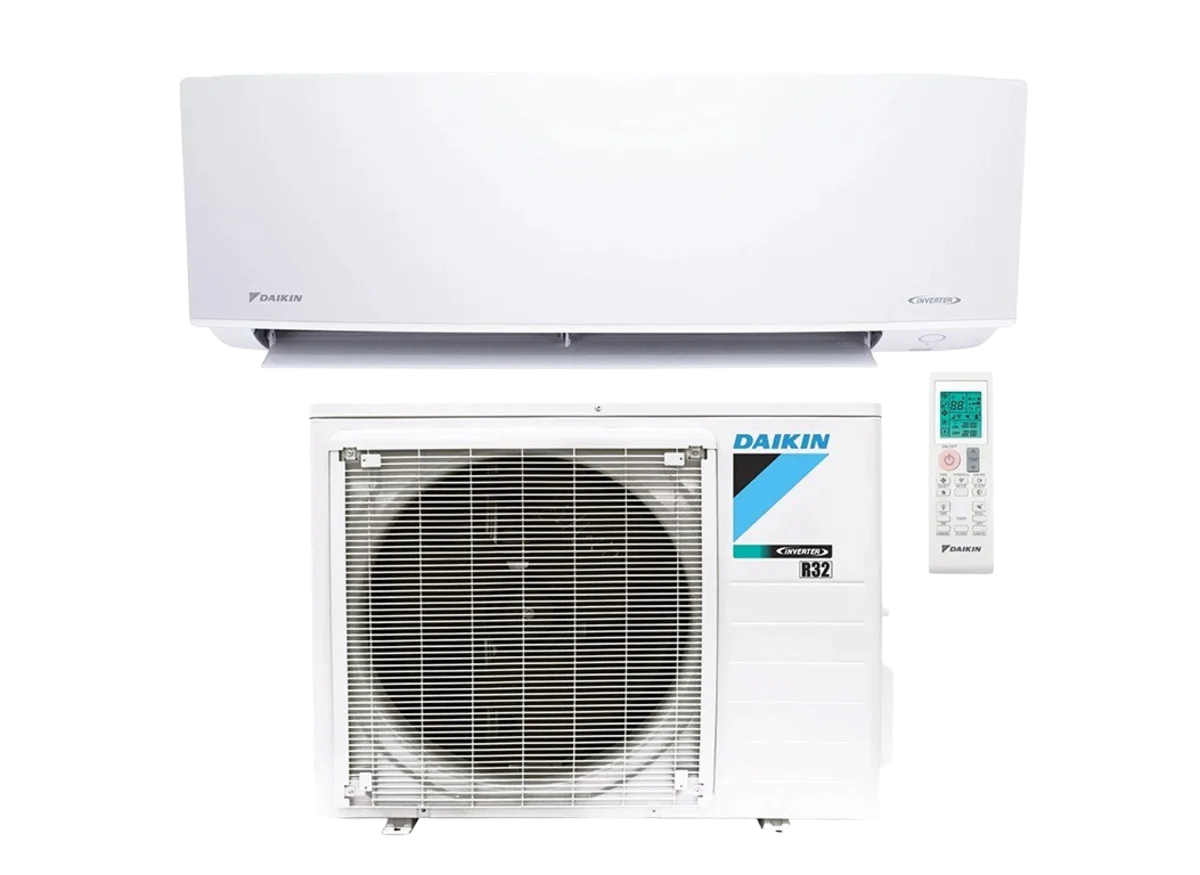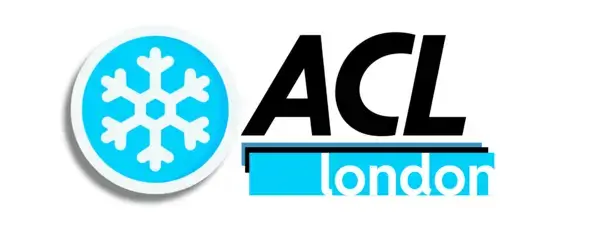AIR CONDITIONING UNIT FOR HOUSE
We live in a world where a consistent, comfortable indoor temperature is often taken for granted. In the sweltering heat of summer or the biting chill of winter, a little flick of a switch or a tap on a thermostat can summon a wave of relief. This seemingly magical transformation is orchestrated by a complex yet indispensable piece of technology: the air conditioning unit for your house. Far more than just a ‘cool-down’ machine, your AC is a sophisticated system working diligently behind the scenes to maintain an optimal living environment, impacting our health, productivity, and overall well-being in ways we rarely pause to appreciate.
The concept of tempering the air we breathe isn’t new. Ancient civilizations attempted rudimentary cooling through methods like circulating water through their walls or employing servants to fan inhabitants with palm fronds. However, it was the dawn of the 20th century that truly revolutionized our control over indoor climates. Willis Carrier, often hailed as the “father of air conditioning,” patented the first modern electrical air conditioner in 1902. Initially designed to control humidity in a printing plant, its potential for human comfort was soon realized. This marked the genesis of the air conditioning unit for house as we know it, a marvel of engineering that has since become an integral part of modern life.
At its core, an air conditioning unit for house operates on a principle that might seem counterintuitive: it doesn’t create cold, but rather removes heat. This is achieved through a cyclical process involving a refrigerant, a compressor, a condenser, an expansion valve, and an evaporator. Imagine the refrigerant as the tireless traveller in this system. It begins as a low-pressure gas, flowing into the evaporator (located indoors). Here, it absorbs heat from the warm air within your home, much like a sponge soaking up water. As it absorbs heat, the refrigerant turns into a low-pressure liquid.
This heat-laden liquid then travels to the compressor, which pressurizes it, increasing its temperature significantly. Next, it moves to the condenser (typically the outdoor unit). Here, the hot refrigerant releases its absorbed heat into the outside air, becoming a high-pressure liquid. This condensed liquid then passes through an expansion valve, where its pressure and temperature drop dramatically. Finally, the now cool, low-pressure refrigerant returns to the evaporator, ready to absorb more heat, and the cycle begins anew. The indoor fan then circulates the now cooled air back into your living spaces, creating that familiar wave of comfort.
The impact of a well-functioning air conditioning unit for house extends far beyond personal comfort. In warmer climates, it’s a vital tool for preventing heat-related illnesses. Prolonged exposure to high temperatures can lead to heat exhaustion and heatstroke, serious conditions that can have severe health consequences. By providing a cool refuge, AC units safeguard vulnerable populations, including the elderly and young children. Furthermore, by controlling humidity levels, your AC unit can also mitigate the growth of mold and mildew, common allergens that can trigger respiratory problems and exacerbate conditions like asthma. A cleaner, healthier indoor air quality is a direct benefit of a properly maintained air conditioning system.
Beyond health, the presence of an effective air conditioning unit for house plays a significant role in our productivity. Studies have shown that working or studying in environments with optimal temperatures can lead to improved concentration, reduced errors, and increased efficiency. Imagine trying to focus on a complex task while sweat drips down your brow – it’s a near-impossible feat. Conversely, a cool, stable environment allows our minds to function at their best. This extends to our sleep patterns as well. A good night’s sleep is crucial for overall health and cognitive function, and a comfortable bedroom temperature, maintained by your AC unit, is a key component of achieving restful sleep.

The evolution of the air conditioning unit for house has been remarkable. From the bulky, inefficient early models, we’ve progressed to highly advanced, energy-efficient systems. Modern AC units often incorporate features like programmable thermostats, allowing you to set schedules that optimize energy usage and comfort. Smart thermostats take this a step further, learning your habits and adjusting the temperature automatically, even allowing remote control via smartphone apps. Variable-speed compressors offer even greater efficiency, adjusting their output to precisely match the cooling demand, rather than simply switching on and off. These technological advancements not only enhance comfort but also contribute to significant energy savings and a reduced environmental footprint.
However, the optimal performance of your air conditioning unit for house is not a set-it-and-forget-it affair. Regular maintenance is crucial for its longevity, efficiency, and the quality of air it circulates. Neglecting your AC can lead to costly repairs, increased energy bills, and diminished cooling capabilities. Think of it like regular check-ups for your car; they prevent minor issues from snowballing into major problems.
The most common maintenance task involves cleaning or replacing air filters. These filters are the first line of defense, trapping dust, pollen, pet dander, and other airborne particles. A clogged filter restricts airflow, forcing your AC unit to work harder, consuming more energy and reducing its effectiveness. Furthermore, dirty filters can recirculate allergens and microscopic debris throughout your home, compromising indoor air quality. Replacing or cleaning these filters, typically monthly or quarterly depending on usage and filter type, is a simple yet impactful step in ensuring your AC unit for house performs optimally.
Beyond filter changes, professional tune-ups are highly recommended. An HVAC technician can inspect the system for refrigerant leaks, check electrical connections, clean the condenser and evaporator coils, and ensure all components are functioning correctly. Dirty coils can significantly impede the heat transfer process, making your AC work overtime. Refrigerant leaks not only reduce cooling capacity but can also be harmful to the environment. A professional inspection can identify and address these issues before they lead to system failure.
When selecting a new air conditioning unit for house, several factors come into play. Energy efficiency is paramount. Look for the SEER (Seasonal Energy Efficiency Ratio) rating; higher SEER ratings indicate greater energy efficiency and lower operating costs. The size of the unit is also critical. An undersized unit will struggle to cool your home effectively, while an oversized unit will cycle on and off too frequently, leading to inefficient operation and potential humidity issues. A reputable HVAC professional can perform a “load calculation” to determine the appropriate size for your specific home.
The type of system also warrants consideration. Central air conditioning systems are the most common, distributing cool air through a network of ducts. However, ductless mini-split systems offer a more flexible and energy-efficient solution for homes without existing ductwork or for targeted cooling of specific rooms. These systems consist of an outdoor compressor and one or more indoor air-handling units, each with its own thermostat.
In conclusion, the air conditioning unit for house is a technological marvel that has profoundly shaped our modern living experience. It’s an unseen symphony of engineering, working tirelessly to provide us with comfort, improve our health, and enhance our productivity. From its humble beginnings to the sophisticated, energy-efficient systems of today, AC technology has continuously evolved. By understanding how these systems work and committing to regular maintenance, we can ensure our AC units continue to perform their vital role, keeping our homes havens of comfort, regardless of the external elements. It’s a testament to human ingenuity, a silent guardian of our indoor well-being, and an indispensable component of the contemporary home.


